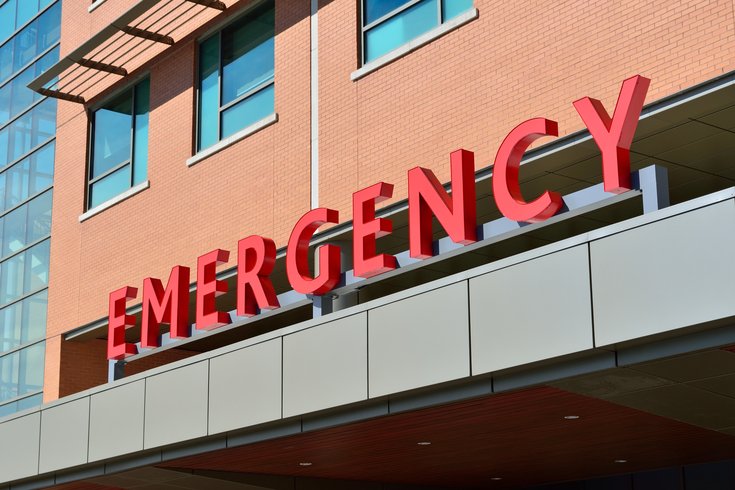
February 03, 2020
 Pixabay/Pixabay
Pixabay/Pixabay
If you suspect your child has appendicitis, prompt medical attention is crucial to prevent potentially life-threatening complications.
Appendicitis often begins with dull pain in the lower abdomen. But it can quickly transform into an emergency requiring immediate medical attention.
Appendicitis is the inflammation of the appendix, a small organ on the lower right side of the abdomen. It most commonly occurs in children ages 10 to 19, but it can occur in children as young as age five, according to the Cleveland Clinic.
About 80,000 children experience appendicitis each year, making it the most frequent cause of emergency surgery in children. Nearly one-third of them end up with a ruptured appendix.
Because appendicitis can cause life-threatening complications, it is important that parents recognize the warning signs.
Appendicitis usually starts with pain around the belly button and moves farther to the right. As the inflammation spreads, the pain generally becomes more severe.
The most common symptoms include pain on the right side of the lower abdomen, pain that worsens when you cough or move, nausea and vomiting, and fever. Some people also experience abdominal bloating, flatulence and constipation or diarrhea.
"A blockage in the lining of the appendix that results in infection is the likely cause of appendicitis," according to the Mayo Clinic. "The bacteria multiply rapidly, causing the appendix to become inflamed, swollen and filled with pus. If not treated promptly the appendix can rupture."
The blockage might be caused by hard stool, swollen lymph nodes in the intestines, a parasite or another type of infection. Appendicitis is not contagious and there is no known way of preventing it.
Because symptoms can be similar to other conditions – like Crohn's disease, ulcerative colitis, pelvic inflammatory disease and intestinal blockage – doctors generally use ultrasound, X-rays or an abdominal CT scan to diagnose it.
Less severe cases of appendicitis can be treated with antibiotics. However, most cases require surgery to remove the appendix.
If the appendix hasn't burst, laparoscopy can be performed. The surgery is a less invasive procedure requiring just a small incision in the belly button.
A ruptured appendix requires an open appendectomy, in which an incision is made in the lower right abdomen to remove the infected appendage. Children most likely will receive intravenous antibiotics before and after surgery.
An infected appendix will burst within 48 to 72 hours if not removed promptly. A high fever often indicates that the appendix has burst.
If the appendix bursts before it can be removed, an abscess or "pocket of infection" may grow in the abdomen. This will need to be drained.
In some cases, the abscess can be drained immediately and the appendix removed; other cases require a tube to be inserted into the abdominal wall for about two weeks, allowing the infection to drain. Patients also will need antibiotics to clear up the infection. Once it is gone, the patient will undergo surgery to have the appendix removed.
Prompt medical attention is crucial to prevent potentially life-threatening complications. Call a doctor immediately if you suspect your child may have appendicitis.